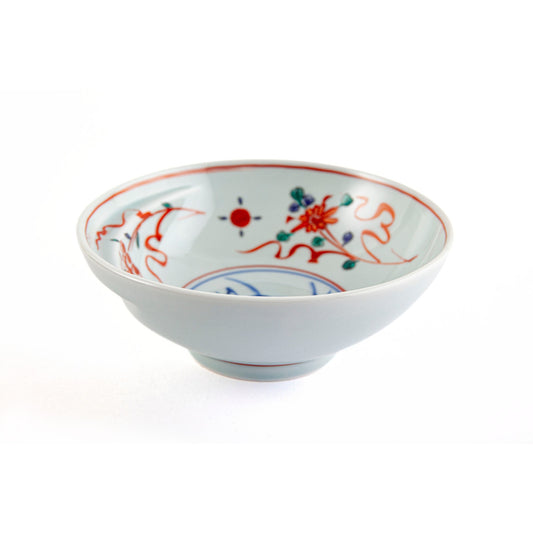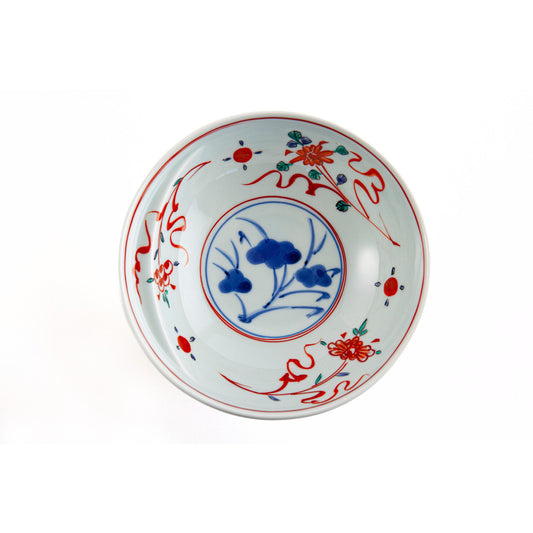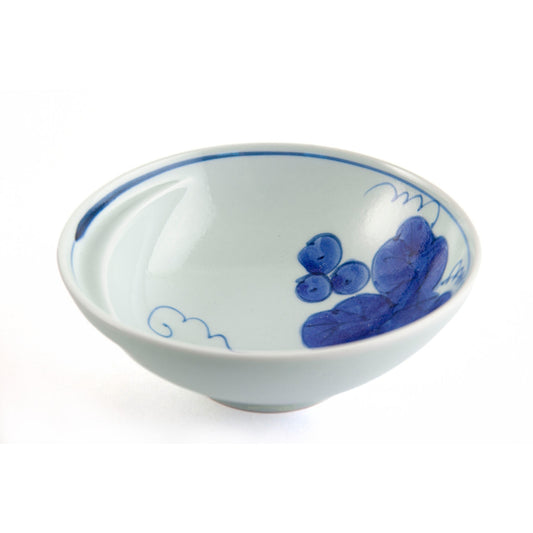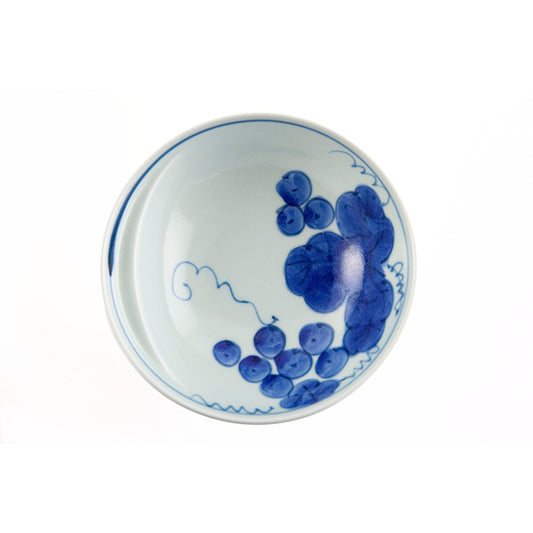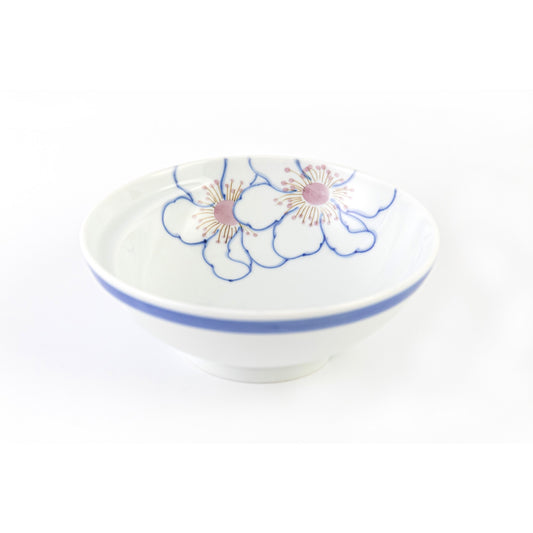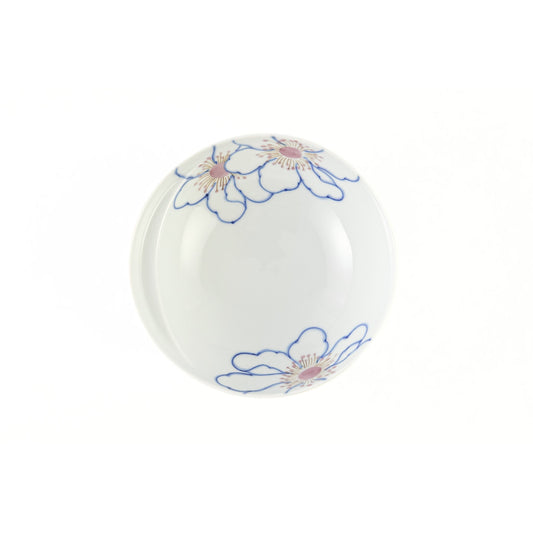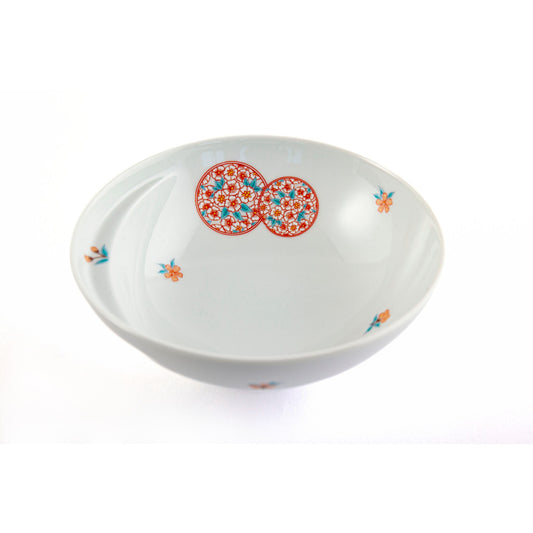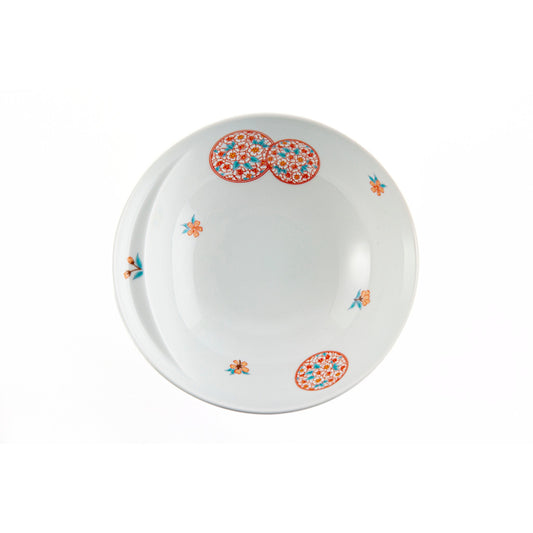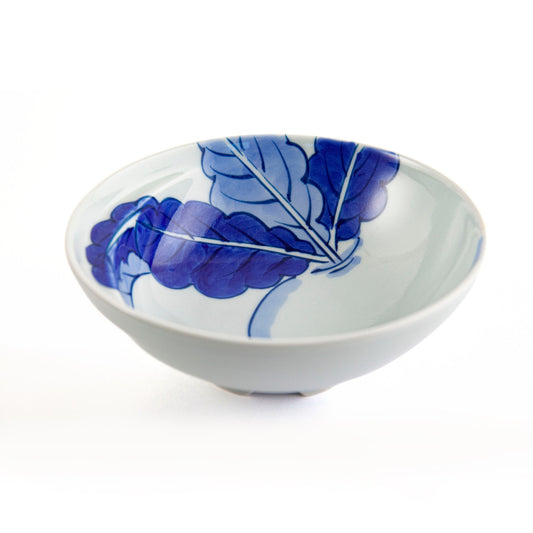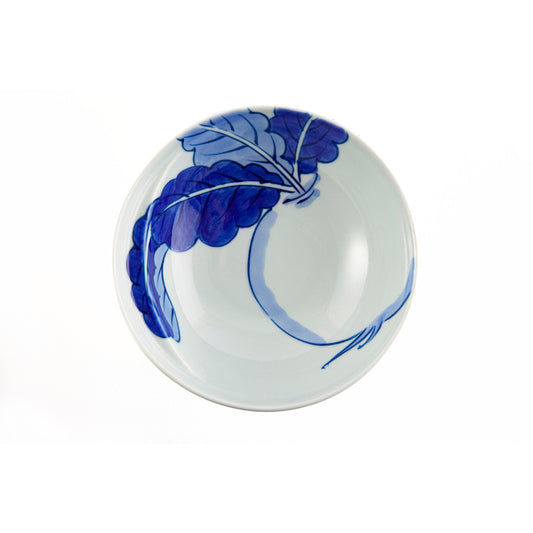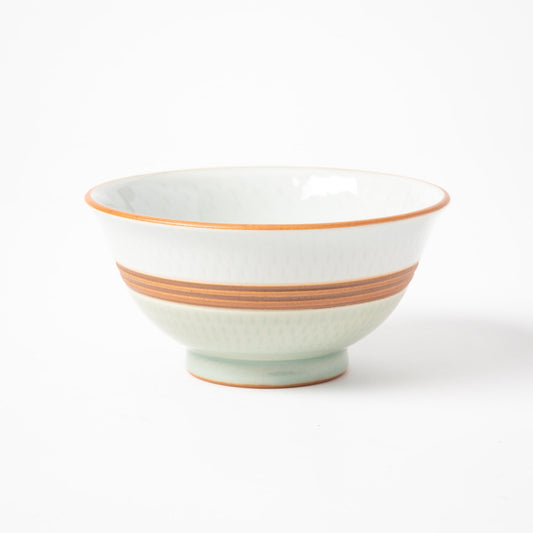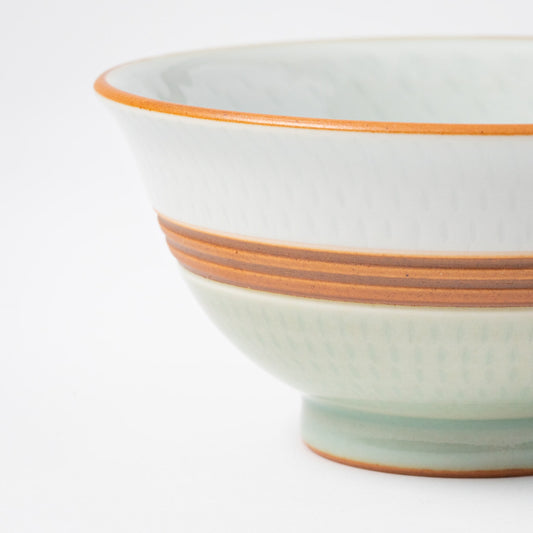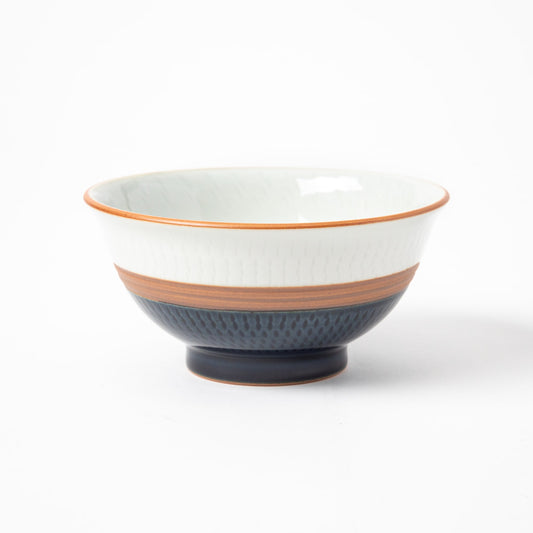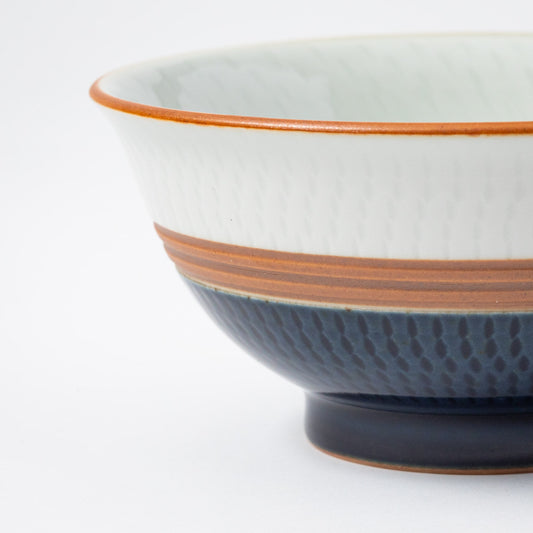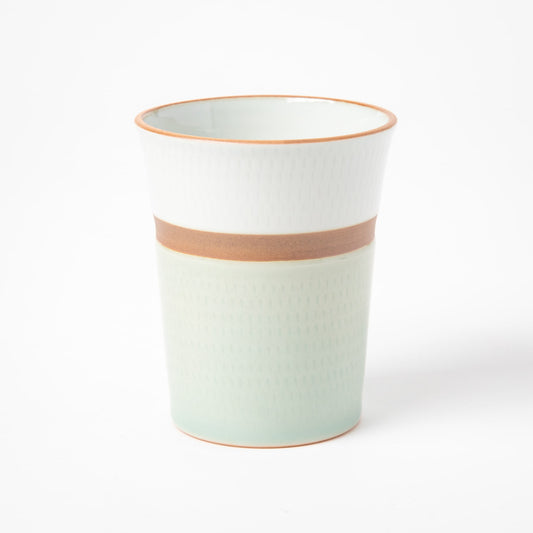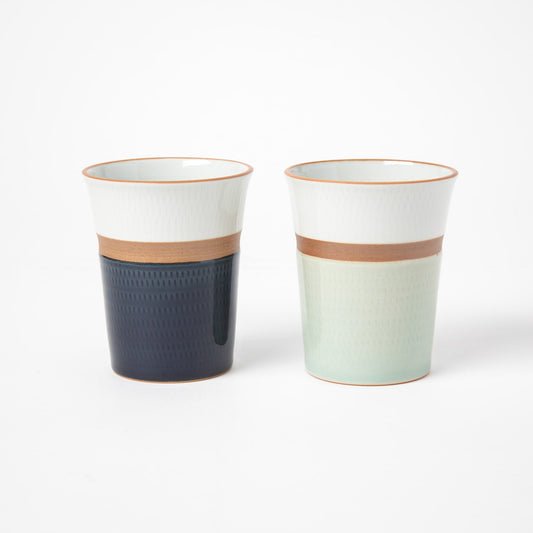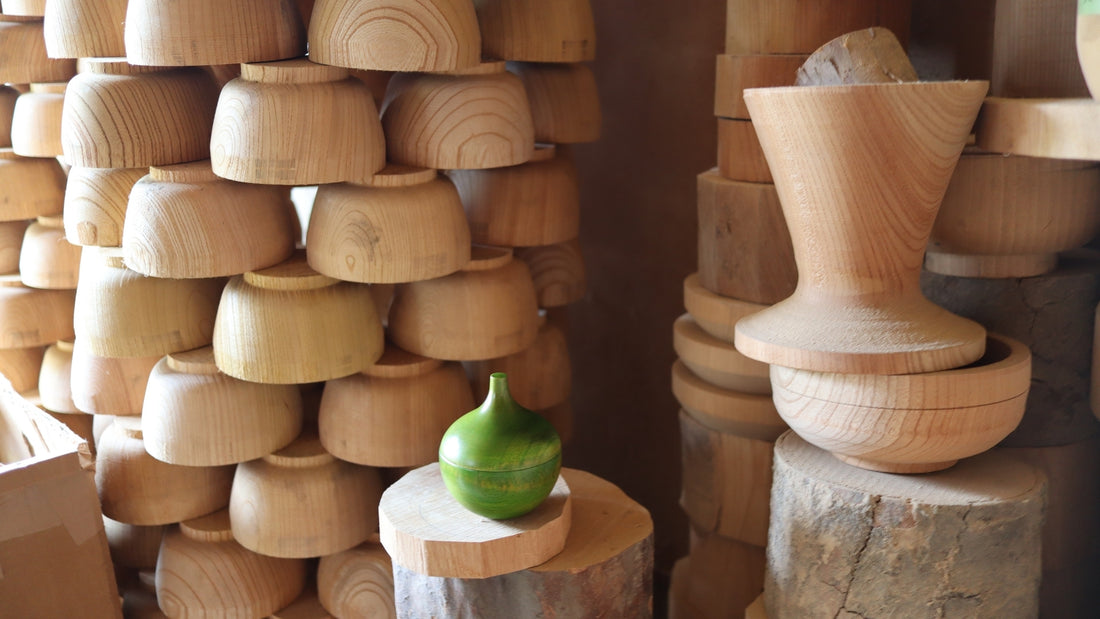

Discover More about Japanese Tableware
In the world of traditional Japanese tableware, artistry meets functionality in exquisite forms. From the craftsmanship of revered techniques such as Edo Kiriko, known for its intricately cut glass; Yamanaka Lacquerware, celebrated for its meticulous hand-applied lacquer; and Wakasa Lacquerware, a testament to the region's centuries-old mastery.
Each piece tells a story of heritage and precision, offering a glimpse into the rich cultural tapestry of Japan. Join us in exploring the artful fusion of aesthetics and utility, as we unveil the secrets and stories behind these time-honored Japanese tableware traditions.
The History of Japanese Tableware
Unveiling Centuries of Craftsmanship:
The history of Japanese tableware is an enchanting tapestry woven through centuries. Rooted in ancient traditions, the evolution of tableware reflects the dynamic cultural shifts across different periods. From the rustic simplicity of Jomon pottery to the refined elegance of the Heian and Edo eras, each epoch imprints its unique aesthetic on the delicate canvas of Japanese dining culture.
Innovative Techniques and Aesthetic Flourishes:
Central to this chronicle is the innovative craftsmanship that birthed iconic techniques such as pottery, ceramics, and lacquerware. The artistry in Japanese tableware extends beyond functionality; it expresses cultural identity and artistic finesse. Delve into the fascinating journey where form meets function, as artisans masterfully blend tradition with innovation, creating timeless pieces that embody the soul of Japan.
Featured collection
-
Arita Cacomi Banreki Bowl
Regular price $79.00 USDRegular priceUnit price / per -
Arita Cacomi Budou Grape Bowl
Regular price $79.00 USDRegular priceUnit price / per -
Arita Cacomi Fuyou Bowl
Regular price $79.00 USDRegular priceUnit price / per -
Arita Cacomi Hanadayori Bowl
Regular price $79.00 USDRegular priceUnit price / per -
Arita Cacomi Kabura Turnip Bowl
Regular price $79.00 USDRegular priceUnit price / per -
Kakewake Tobikanna Blue Glaze Porcelain Bowl
Regular price $69.00 USDRegular priceUnit price / per -
Kakewake Tobikanna Navy Blue Glaze Porcelain Bowl
Regular price $69.00 USDRegular priceUnit price / per -
Kakewake Tobikanna Blue Glaze Porcelain Cup
Regular price $79.00 USDRegular priceUnit price / per
Craftsman Techniques and Types of Japanese Tableware
Edo Kiriko Glass
Edo Kiriko glass, a traditional Japanese craft with roots dating back to the Edo period, is renowned for its exquisite craftsmanship and vibrant designs. Originating in Tokyo (formerly Edo), skilled artisans meticulously cut and engraved patterns onto glass surfaces, creating intricate and delicate motifs. The artistry often features geometric patterns, floral designs, and symbolic elements, reflecting both Japanese aesthetics and cultural symbolism.
This meticulous technique requires precision and skill, as artisans use a variety of cutting wheels to achieve the intricate patterns. Edo Kiriko glassware includes various items, from decorative pieces to functional tableware, showcasing the seamless blend of traditional craftsmanship and artistic innovation. The vibrant colors and detailed patterns of Edo Kiriko glass continue to captivate enthusiasts, preserving a centuries-old legacy of Japanese glass artistry.
Yamanaka Lacquerware
Yamanaka Lacquerware, rooted in the rich cultural heritage of Ishikawa Prefecture, Japan, boasts a storied history and exceptional craftsmanship. Originating in the Yamanaka Onsen area over four centuries ago, this traditional craft involves meticulous techniques like "rokuro" turning and "tategidori" wood shaping. Skilled artisans transform locally sourced wood, often from the Yamanaka cedar, into exquisite lacquerware items like tea sets, trays, and bowls.
The distinctive Yamanaka technique, known for its smooth curves and refined finishes, has been passed down through generations. Today, contemporary artisans blend ancient methods with modern design, ensuring the continued evolution of Yamanaka Lacquerware. This enduring craft not only showcases the technical mastery of its creators but also serves as a testament to the enduring cultural legacy of Japanese lacquer artistry.
Wakasa Lacquerware
Wakasa Lacquerware, deeply rooted in the traditions of Fukui Prefecture, Japan, boasts a captivating history and exceptional craftsmanship. Originating over four centuries ago in the Edo period, this traditional craft has evolved through the hands of skilled artisans. The unique Wakasa technique involves layering multiple coats of urushi lacquer, often harvested locally, onto meticulously crafted wooden bases.
This intricate process results in exquisite pieces, ranging from tableware to decorative items, known for their durability and elegant simplicity. Wakasa Lacquerware not only reflects the artistry and precision of its creators but also embodies the enduring cultural heritage of Japanese lacquer craftsmanship. Today, contemporary artisans continue to honor this legacy, blending time-honored techniques with modern design sensibilities to ensure the continued evolution of Wakasa Lacquerware.
OMAKASE Recommends
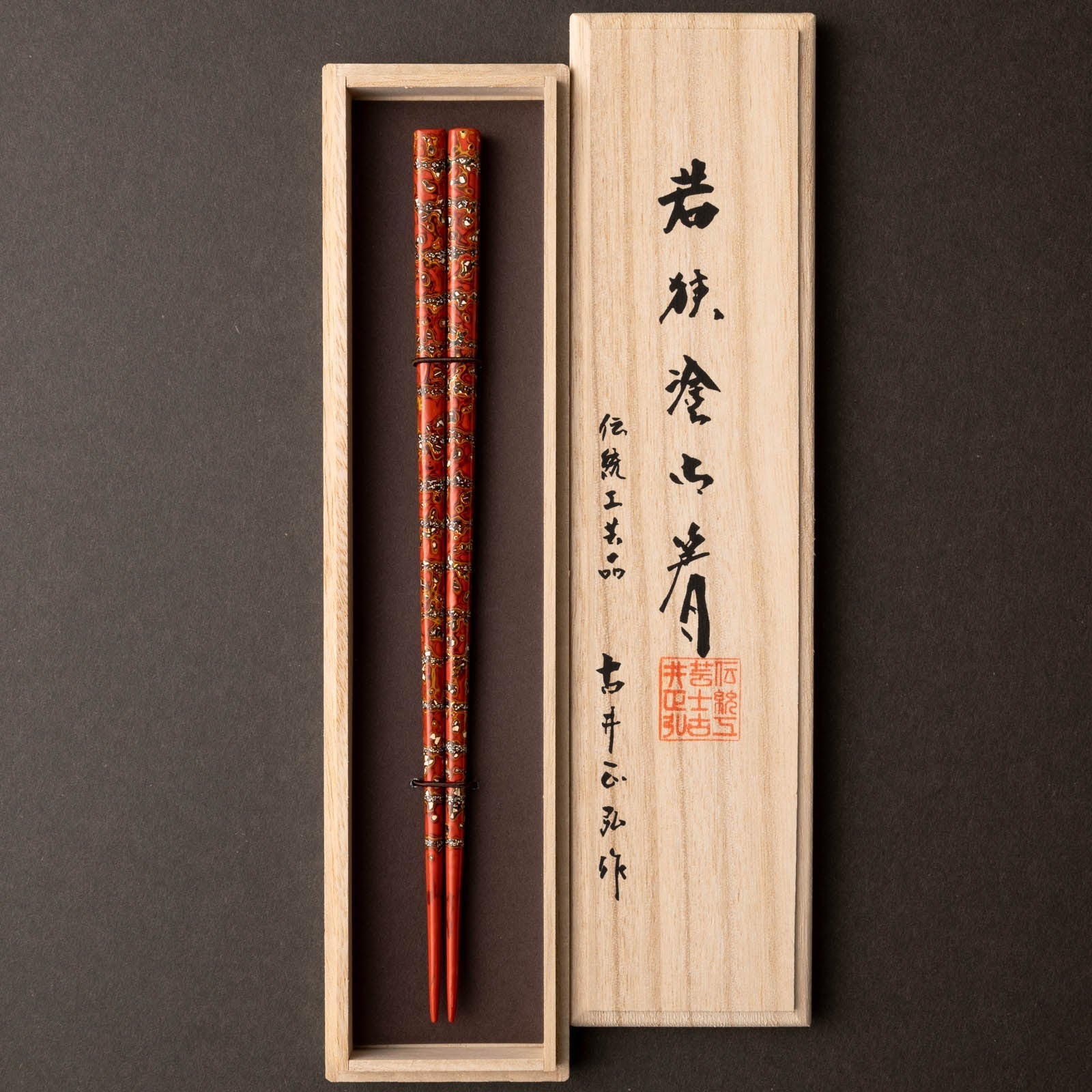
Kyonishiki Wakasa Lacquer Chopsticks and Paulownia Gift Box
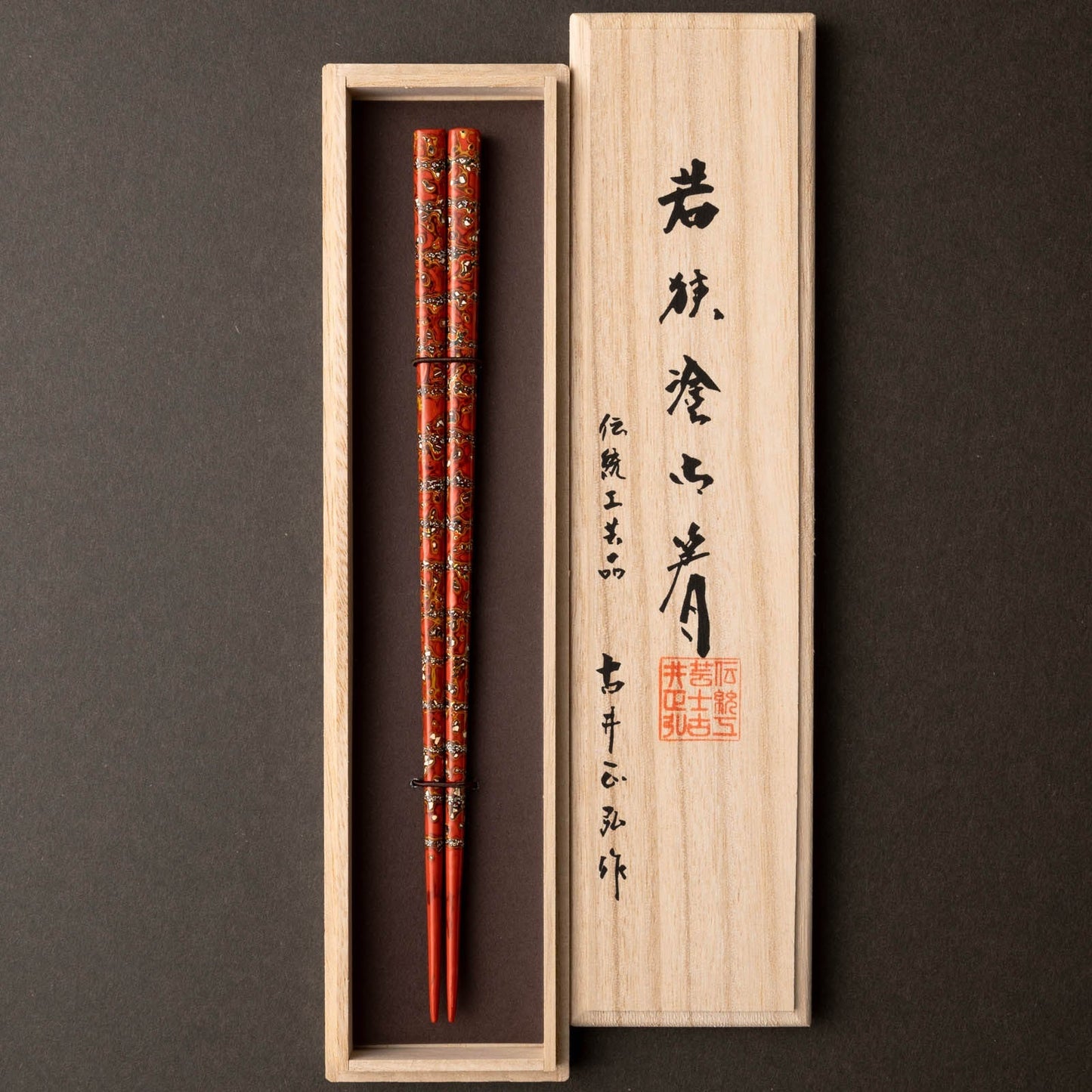
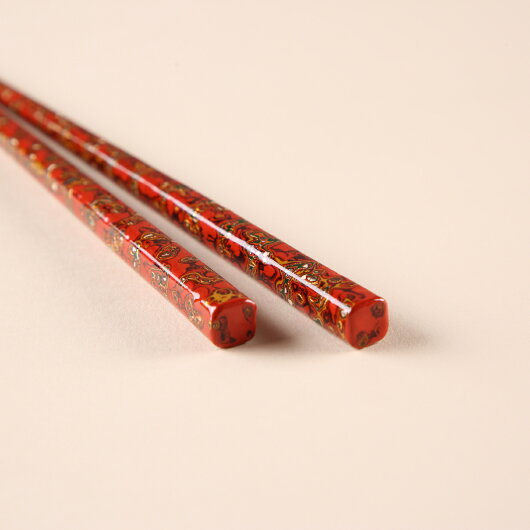
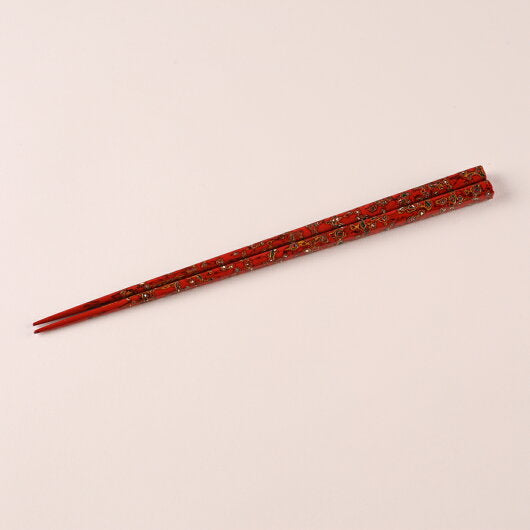
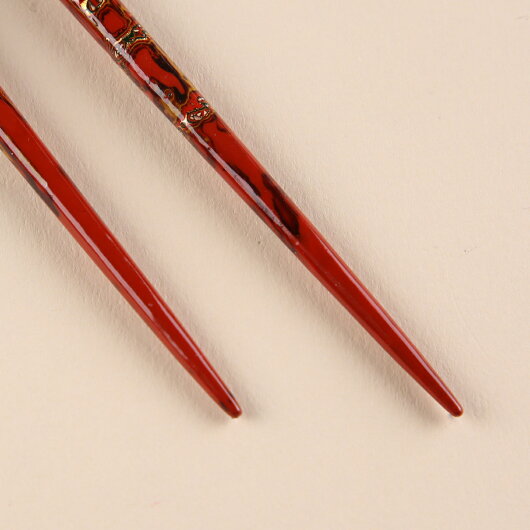
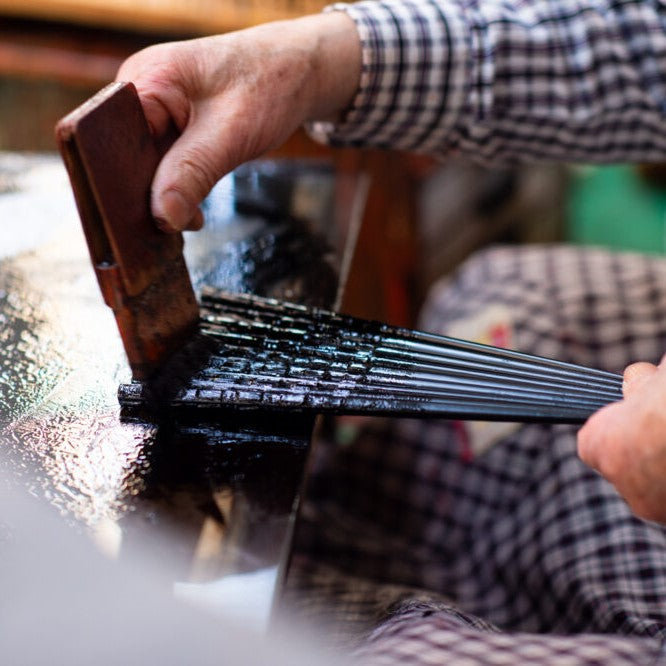
Stay in touch.
Sign up now to discover the world of OMAKASE and receive 10% off your first order.
* Check your emails for your exclusive code.



